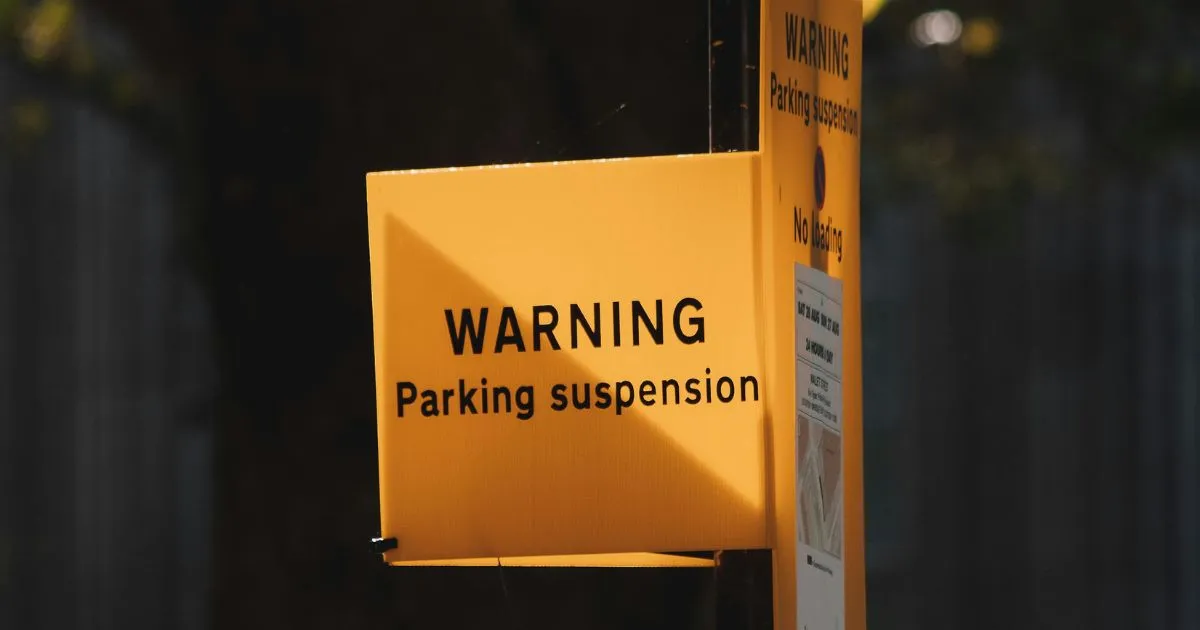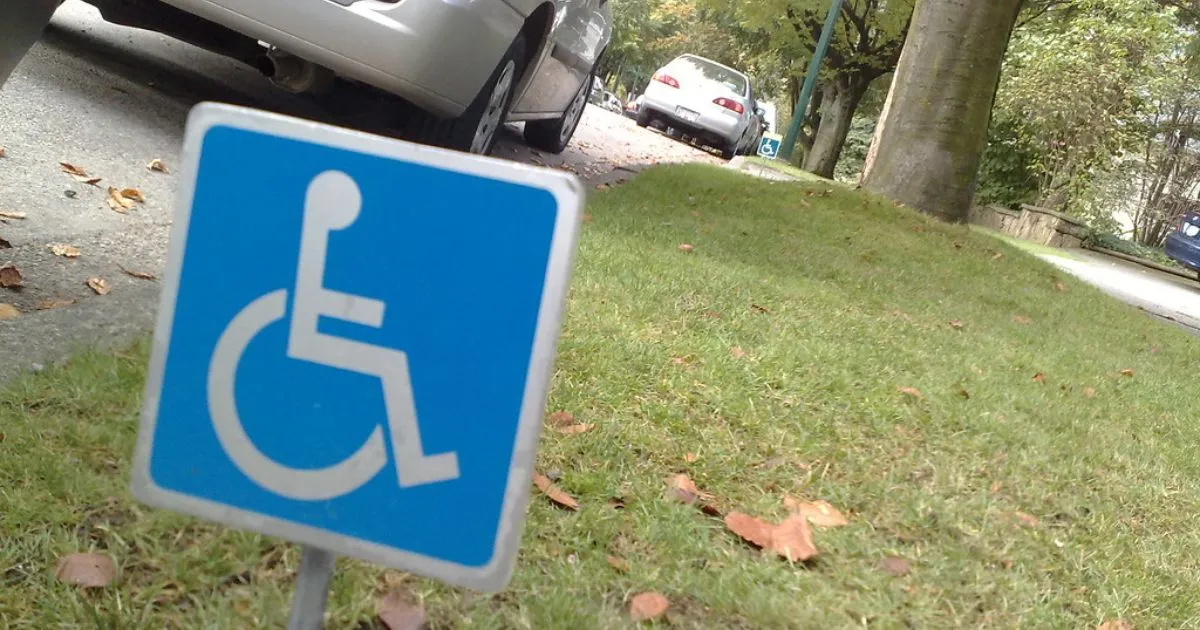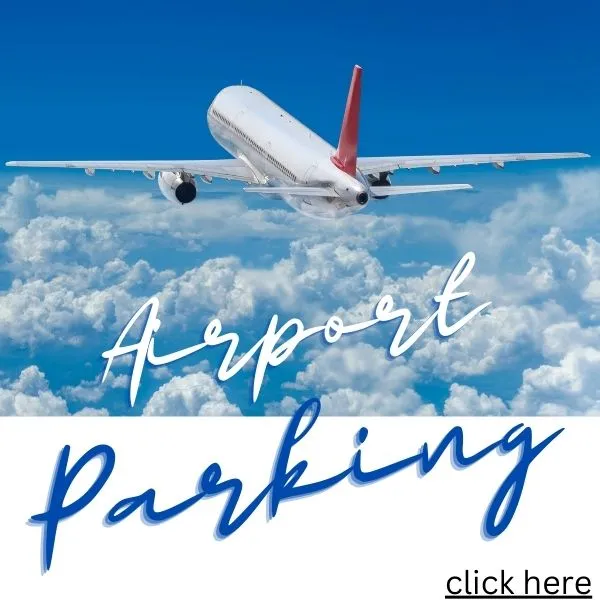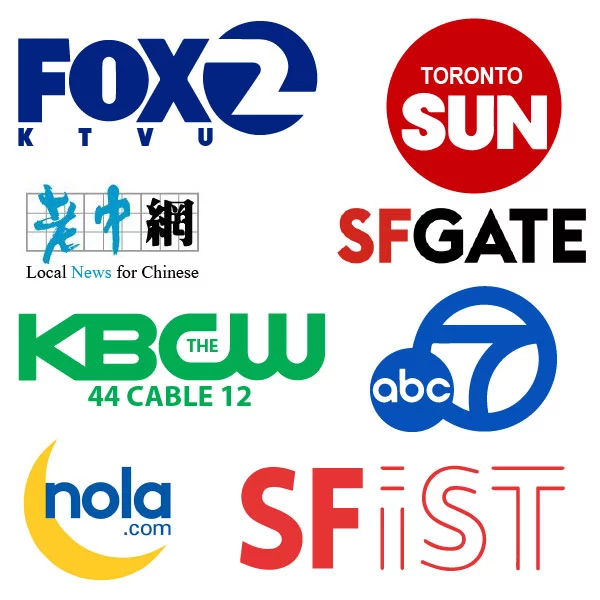Understanding the 7 Most Common Parking Signs and Laws in the United States
Parking laws are essential for maintaining order, safety, and accessibility on our roads and in our communities. However, parking signs can sometimes feel like a foreign language. Whether you’re a new driver, visiting a new city, or just looking to avoid fines, understanding the most common parking signs and their meanings is crucial.
Here, we’ll explore the seven most common parking signs and laws you’re likely to encounter in the United States. Let’s break them down in a clear and approachable way.

1. No Parking
Definition: A "No Parking" sign means you cannot park your vehicle in the designated area. However, you can typically stop temporarily to load or unload passengers or goods. The key is that your vehicle cannot remain stationary for any longer than necessary.
Signage: These signs are usually white with red lettering stating “NO PARKING.” Sometimes, they include specific times or days when the rule is enforced, such as during street cleaning or rush hours.
What to Remember: Always check the fine print on the sign for time restrictions, as rules may vary depending on the location and time of day.
2. No Stopping or Standing
Definition: This sign takes "No Parking" a step further. A "No Stopping or Standing" area prohibits vehicles from stopping at all, even momentarily, unless it’s for an emergency.
Signage: These signs are similar to "No Parking" signs but will explicitly state “No Stopping” or “No Standing.” They’re also red and white for visibility.
What to Remember: If you stop to check your phone or even drop off a passenger, you could be fined. Keep moving unless it’s a true emergency.
3. Loading Zone
Definition: Loading zones are areas designated for the loading and unloading of goods or passengers. Only certain vehicles, like commercial delivery trucks or passenger cars dropping off people, can stop here—and only for a limited time.
Signage: These signs often feature the words “Loading Zone” and include details about who can use the space and for how long.
What to Remember: If you’re in a personal vehicle, double-check whether you’re allowed to stop in the zone and abide by the time limit. Parking outside of these allowances could result in a fine or towing.
4. Handicap Parking
Definition: Handicap parking spaces are reserved for vehicles displaying a valid handicap parking permit. These spaces are located near building entrances for accessibility.
Signage: Signs are blue and white with the international symbol of accessibility—a wheelchair icon. Some signs also include penalties for unauthorized use, such as fines or towing.
What to Remember: Using these spaces without a valid permit is not only illegal but also inconsiderate to those who genuinely need them. Fines for violating this law can be hefty, often starting at $100 or more.

5. Time-Limited Parking
Definition: Time-limited parking signs allow you to park for a set period, such as 1 hour, 2 hours, or another specified duration. These rules are often enforced to ensure turnover in high-demand areas.
Signage: These signs are usually green and white and indicate the time limit and enforcement hours.
What to Remember: Set a timer on your phone to avoid overstaying your welcome. Many cities enforce these rules strictly, especially in busy downtown areas.
6. Tow-Away Zone
Definition: A tow-away zone means parking is strictly prohibited, and vehicles left in these areas will be towed at the owner’s expense.
Signage: These signs are often red and white and explicitly state “Tow-Away Zone.”
What to Remember: Towing fees can be expensive, and retrieving your car can be a hassle. Avoid parking in these zones under any circumstances.
7. Resident-Only Parking
Definition: These areas are reserved exclusively for residents with permits. They’re common in urban neighborhoods to prevent non-residents from taking up valuable parking spots.
Signage: Signs are typically green and white and state something like, “Resident Permit Parking Only.”
What to Remember: If you’re visiting friends or family, ask about temporary permits or alternative parking options to avoid fines or towing.
Why Understanding Parking Signs Matters
Misinterpreting a parking sign can result in more than just a ticket—it can disrupt your day and cost you money. Here’s why knowing these rules is essential:
- Avoid Fines: Parking tickets range from $20 to over $100, depending on the violation and city.
- Prevent Towing: Towing fees can easily exceed $200, not to mention the inconvenience of retrieving your car.
- Be Considerate: Following parking laws ensures fairness and accessibility for everyone, including those with special needs or commercial requirements.
Parking doesn’t have to be a stressful guessing game. By understanding these seven common parking signs and laws, you’ll not only save money and time but also contribute to safer, more efficient roads. Keep these tips in mind the next time you’re looking for a spot, and let Parking Cupid help make your parking experience smooth and stress-free.





